
Photography is easy; buy the best gear and it will do it all for you…
By now, I should have stopped being surprised at photographers who buy gear and expect it to be the secret sauce that takes their pictures to the next level. The reality is that modern camera gear is, “the best you’ve ever had,” but boy is there a lot to learn.
Cameras Packed Full Of Capabilities
Here’s the problem; gear is complex, and nobody has time to read or process the instruction books. I keep PDF files of the Speedlite 600EX II-RT and EOS 5D Mark IV open on my Mac all the time. That’s 750 pages of quick reference material. The biggest challenge for all photographers is mentally converting the manual’s ‘how to change a setting,’ into the, ‘why you need it,’ and, ‘how to remember it exists.’
For me to be able to train photographers, I need to use the equipment. I find it is the only way I can convert the instruction book into transferrable knowledge for other people. Sharing knowledge and training satisfies my inner engineer. Being able to provide solutions to questions, and help people enjoy their photography.
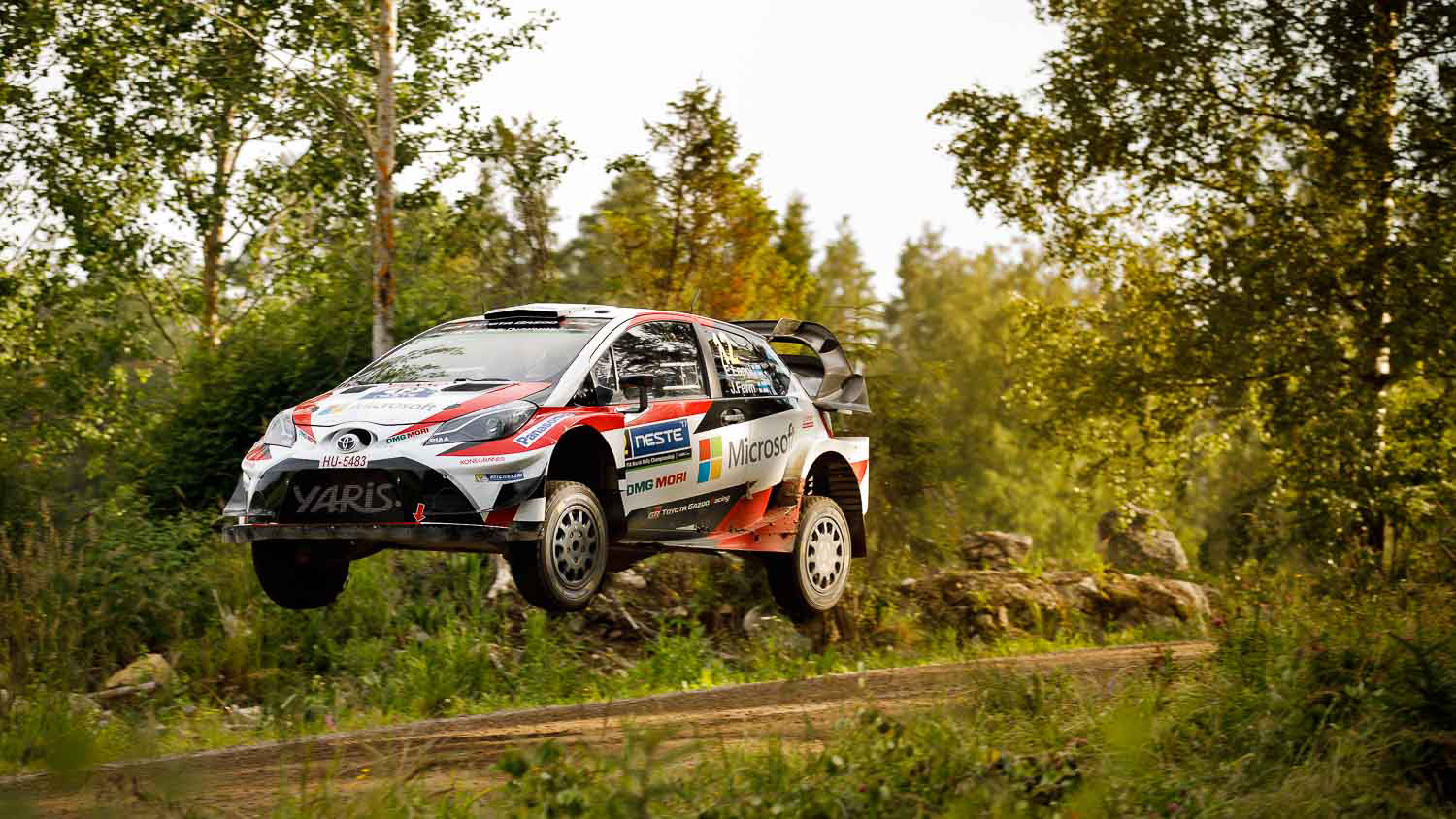
Last summer, I held an in-depth EOS 5D Mark IV autofocus and Wi-Fi workshop with a Helsinki-based photo dealer. I spent the whole day with my camera menu set to Finish language. The attendees were convinced I could read Finnish, until I hit cancel, instead of OK, while setting up FTP image transfers. I may be a little extreme, competitive about this even. However, if you can’t change your camera from one-shot focus to AI servo without looking it up, then buying a new lens to improve your focus hit rate is just a bit foolish.
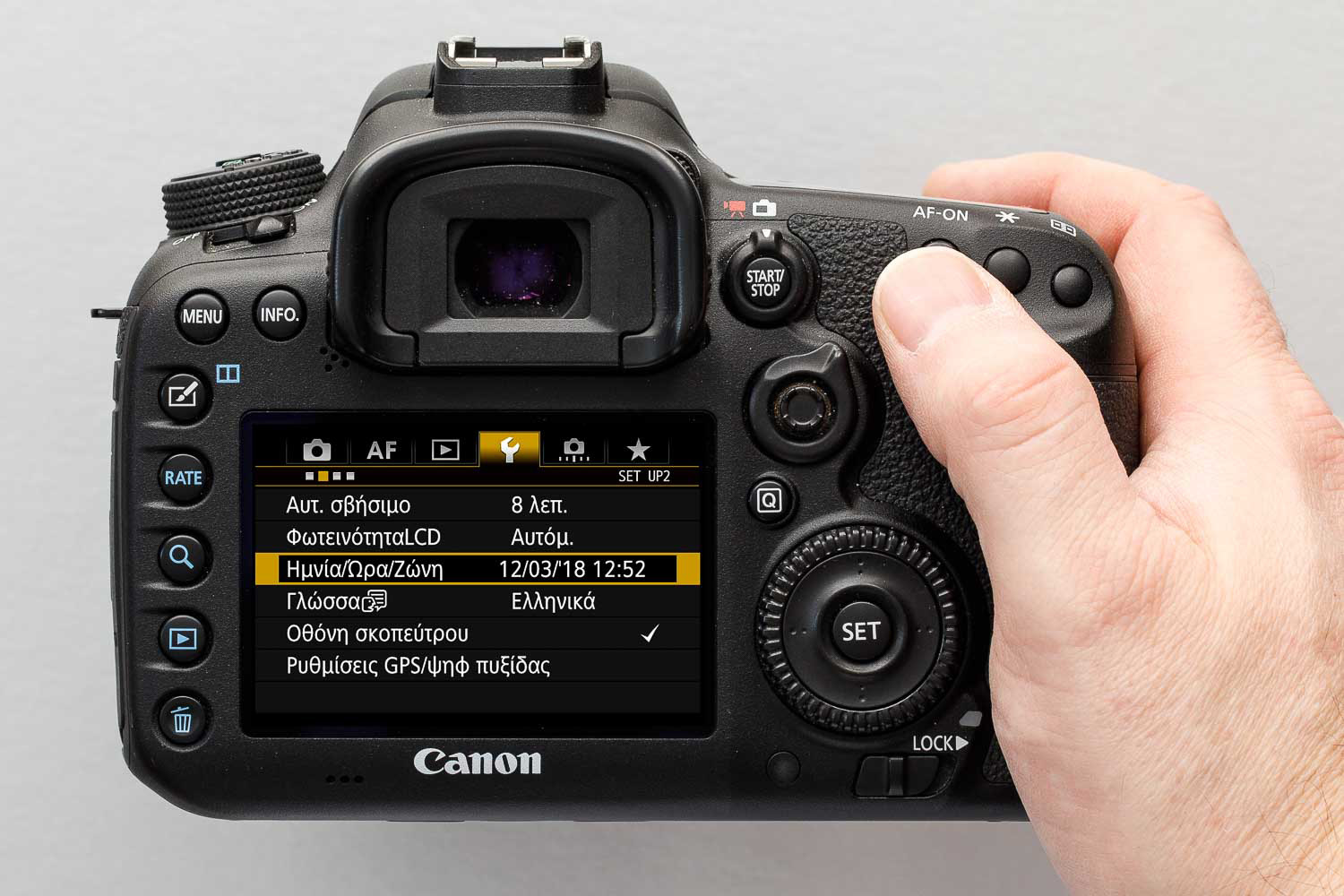
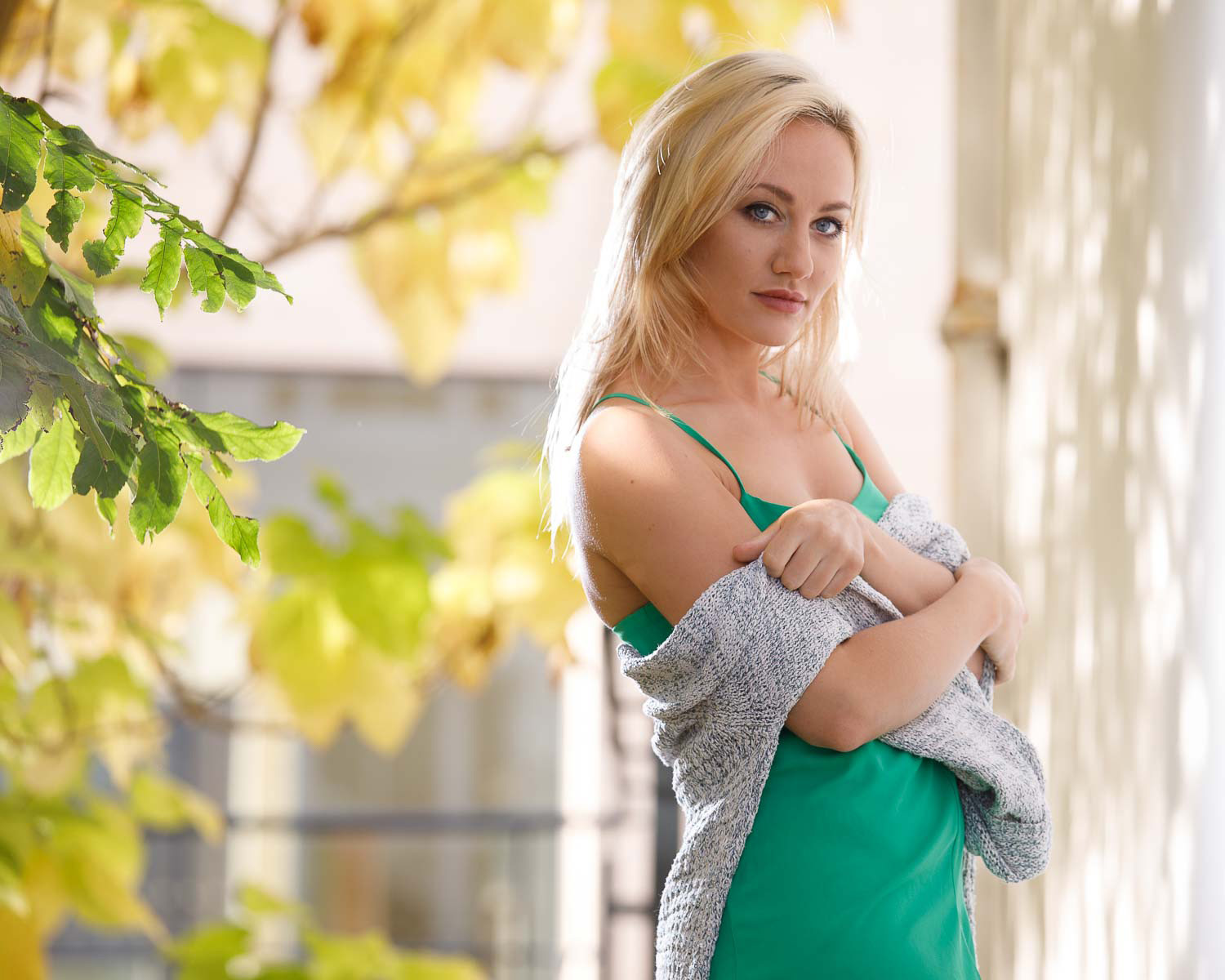
Flash Is All About The Light, Not Science And Magic
Light is the key to photography. If you only study one thing, make it light. Even better is that light behaves predictably. To me a Speedlite flash is the “extra paintbrush” in my bag, and with it I can bring something different to my pictures. I’m a firm believer in the David Bailey thinking on available light. Available light is any source of light that’s available to you.
Historically, Canon’s Speedlite flash system has taxed many photographers, but in the last ten years I’ve found it to be something that has rewarded me with pictures I couldn’t have made any other way.
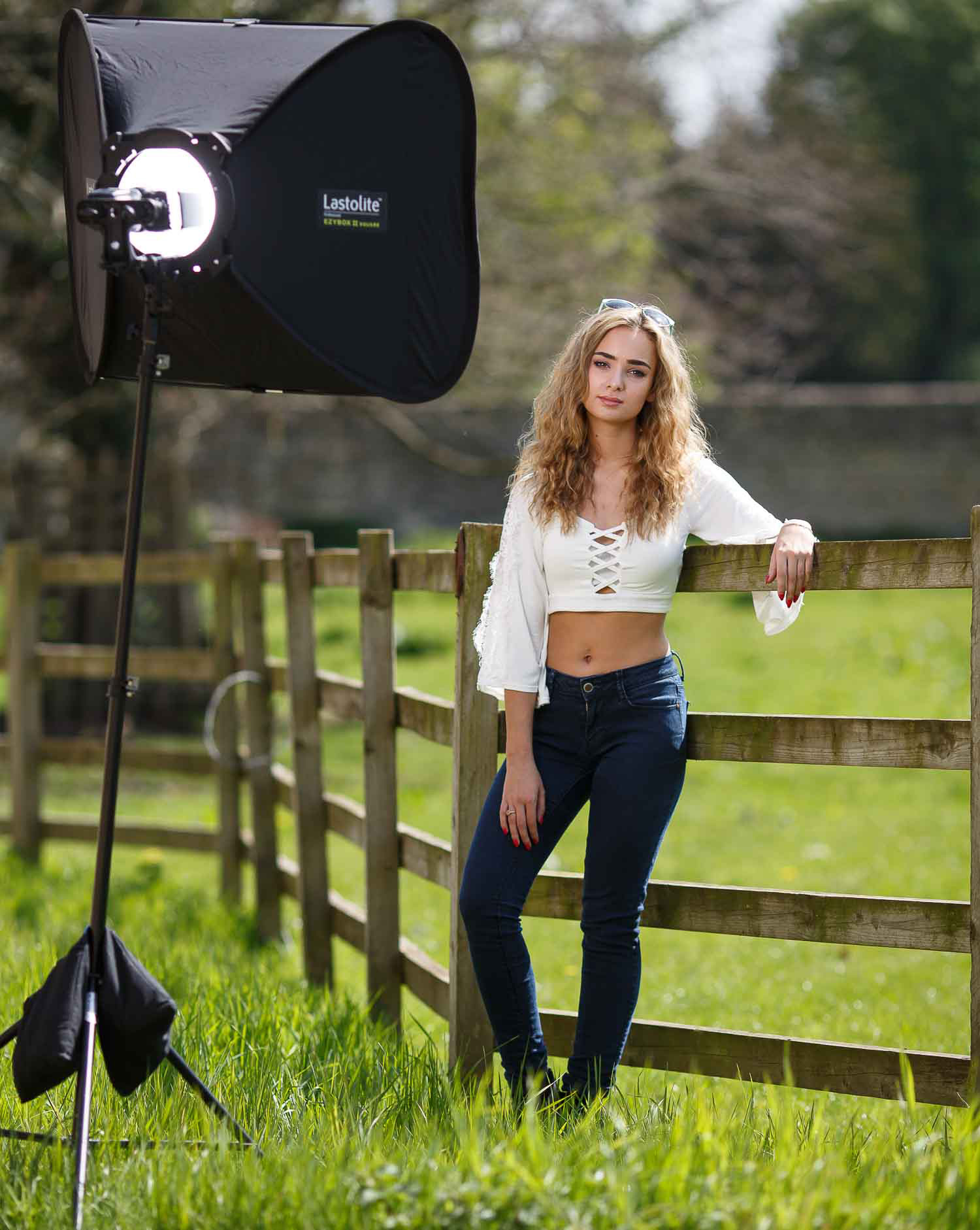
One subtle change in my own work came along with the launch of Canon’s radio Speedlite flash system. I found that I was using flash more often in daylight than in low light. If the subject is in low light, then usually there’s little contrast range, so you can get away with raising the ISO a bunch. But in bright light I often try to control the contrast range, filling in shadows. Radio links made all this possible, reliable, and easy.
I run a number of Speedlite workshops each year, it is the topic that so many photographers struggle with, or are simply afraid of. Which I find a little strange as light is straightforward and the essential component of all photography.
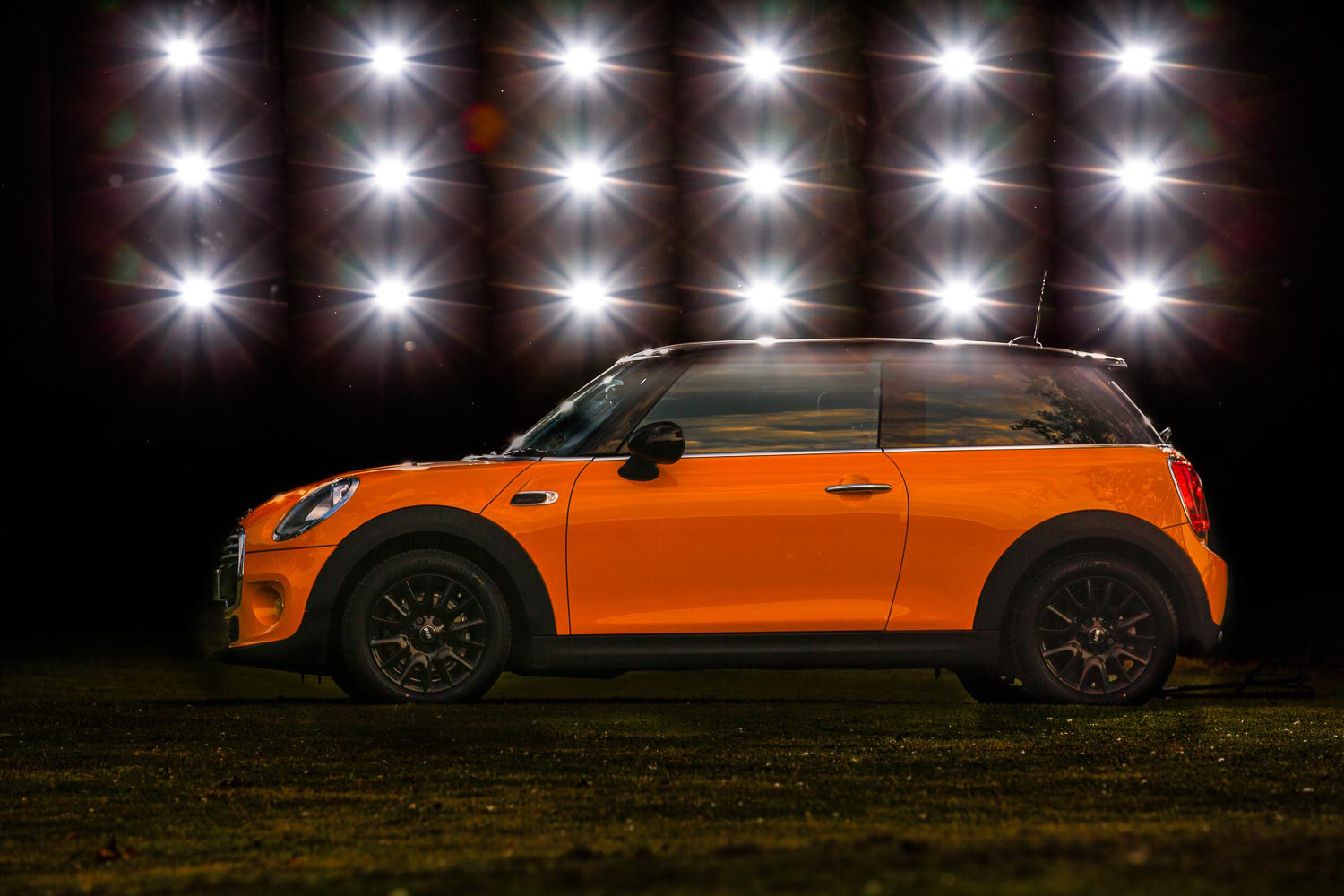
The photo of the car was an interesting challenge. I only had three Speedlites available, and even if I had 18, the Canon system only works with up to 16 devices, one of which is the transmitter. I put three flashes on one light stand using super clamps, and took the first shot. Moved the light stand and took another shot, then four more moves and shots. I used the remote camera shutter release on the flash to trigger the camera for each shot. I put the individual frames in Photoshop and made the resulting picture you see here. Next step will be to shoot it all in-camera using multiple exposures.
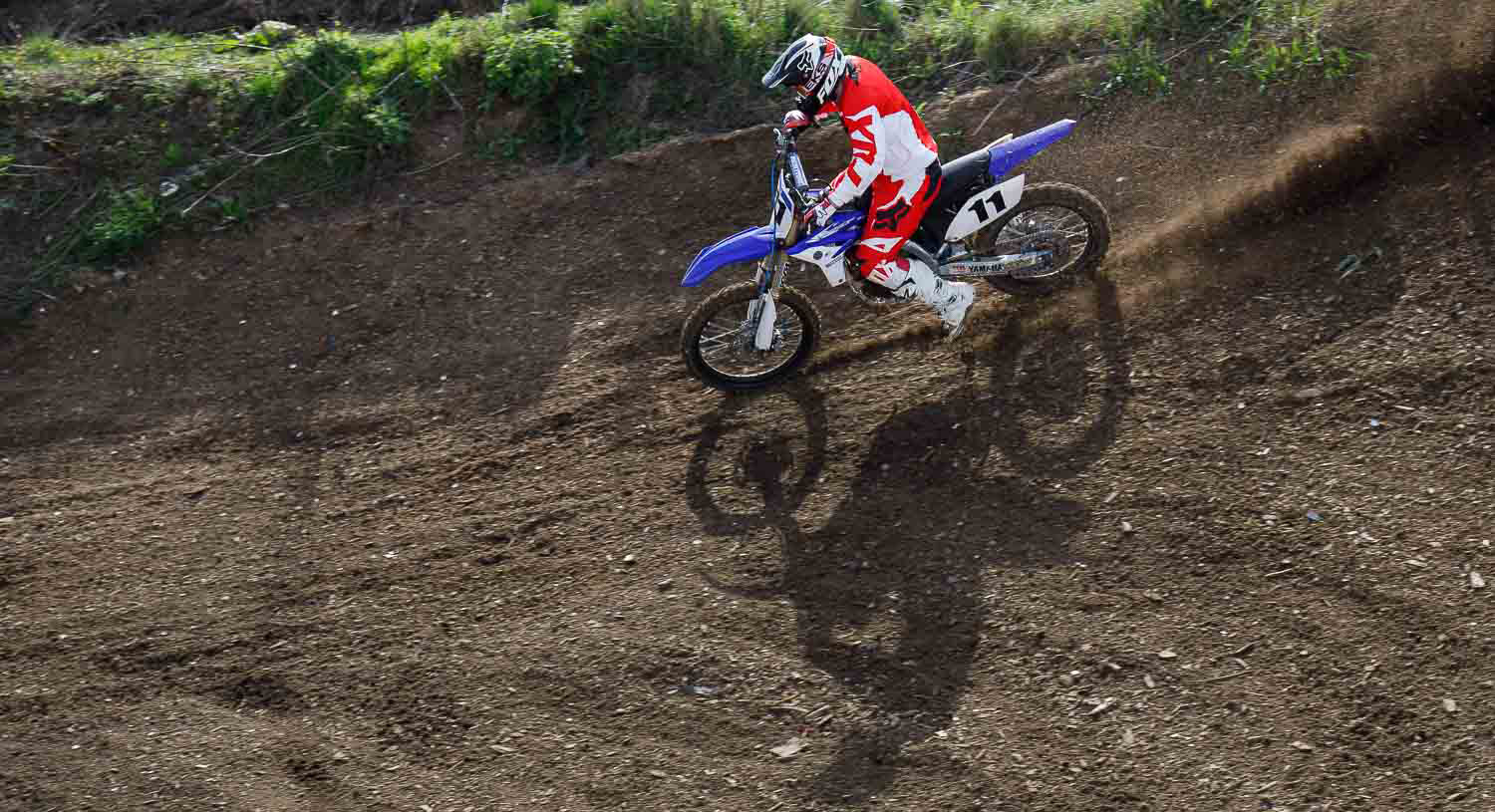
I saw some photos of motocross riders online that were clearly lit with extra lights. I found the photographer and spent a day learning how he was using Speedlites to shoot motocross. Suitably inspired, I headed out to another track and set up four Speedlite 600EX-RT flashes on a single light stand. I aimed it across the track, so that it would illuminate the shadow side of the rider. Another hit of the rare English sunlight provided a backlight. Soon I realised that I could use TTL flash, making it simpler for me to move around the track for different vantage points.
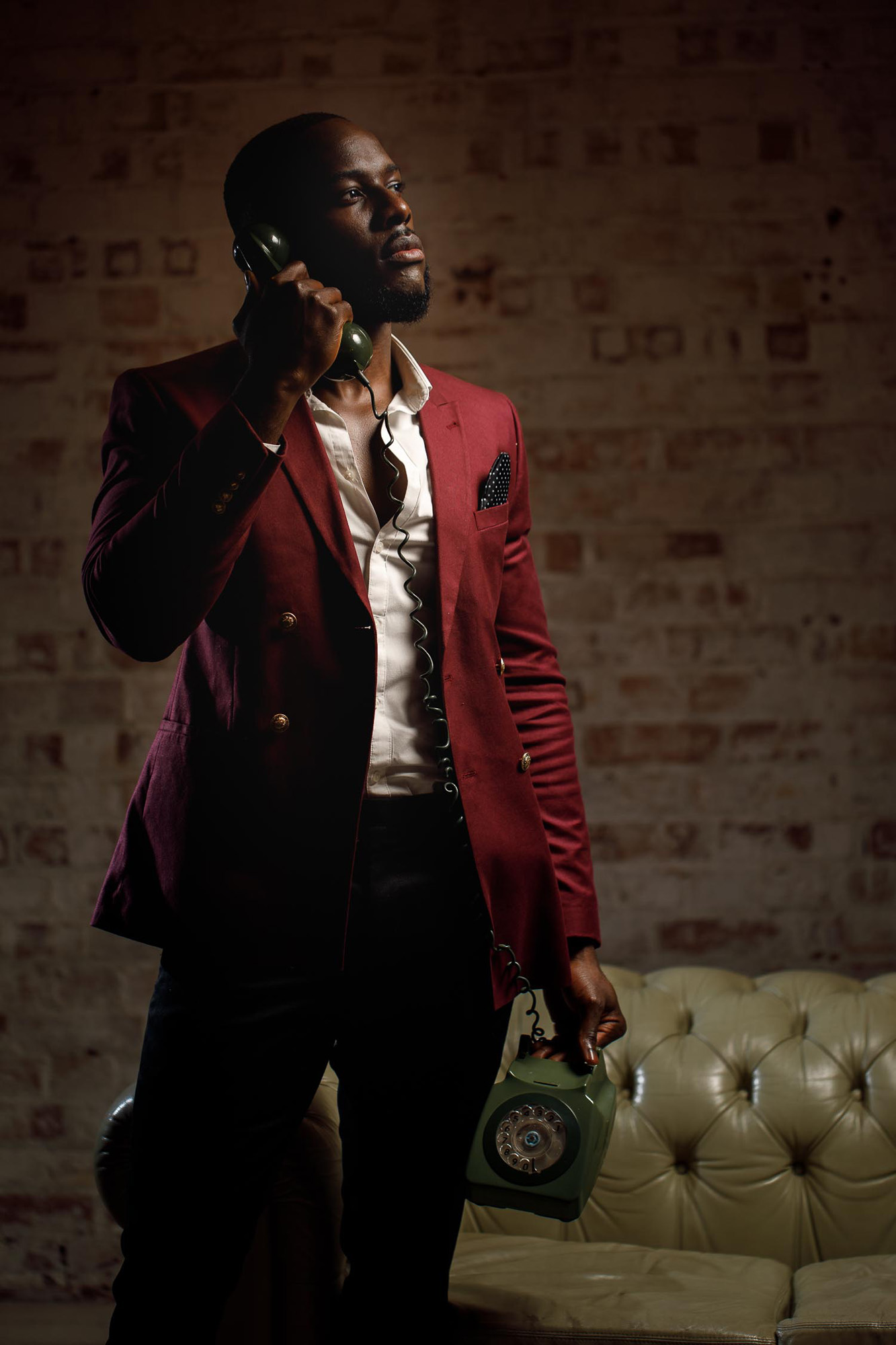
After studying the ways of Joe McNally and Gregory Heisler, I have found that I set up my main light quickly, giving me most of my intended result. The bit of the pictures that takes the time is all the small details. The light behind the guy in this shot was snooted, gelled, and then needed a couple of position changes to hit the right spot. It is fortunate that you can fire a modeling flash from Canon Speedlite flashes, using buttons on the flash itself.
I want to thank Scott for asking me to write a guest blog for him. I also hope that my words and pictures have encouraged you to take one more look at your instruction book or seek some training before you spend money on gear trying to create photos when you already have the perfect equipment you need. Remember that your question is the start of the solution, so please ask away.
Brian Worley took a position at Canon Europe in 1995, and was converted to digital photography overnight. He was part of a team launching PowerShot and Digital EOS camerasin Europe until 2010. Since leaving Canon he’s focussed his attention on being a freelance photo tutor, writer and photographer. He has encyclopaedic knowledge of Canon’s EOS system and loves to share his knowledge with all photographers; beginner to professional. You can find more of his work and connect with him on Instagram, Facebook, Twitter, and on his blog P4Ppictures.com.





1 comment